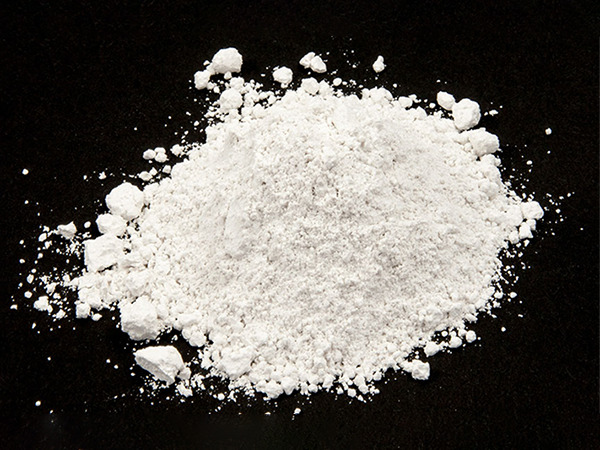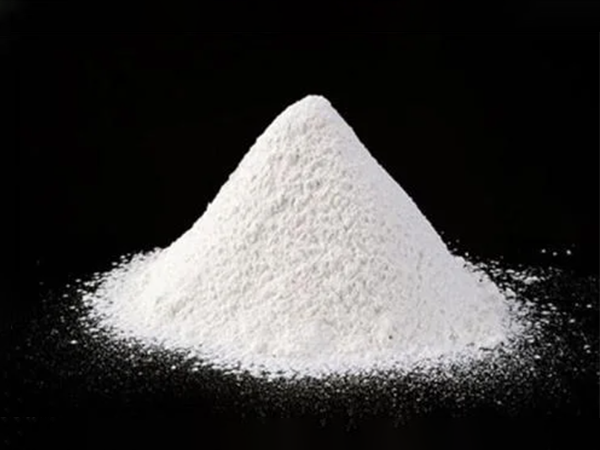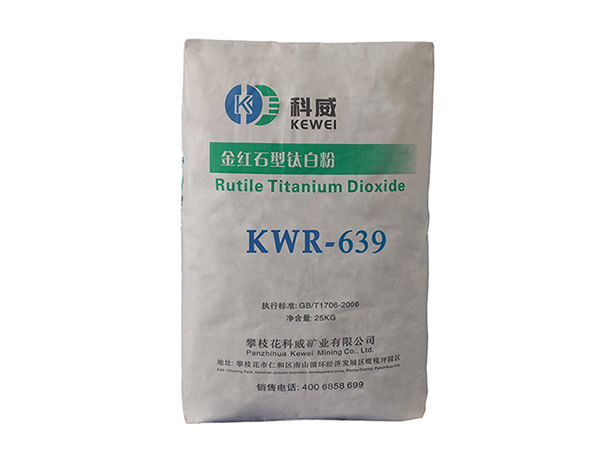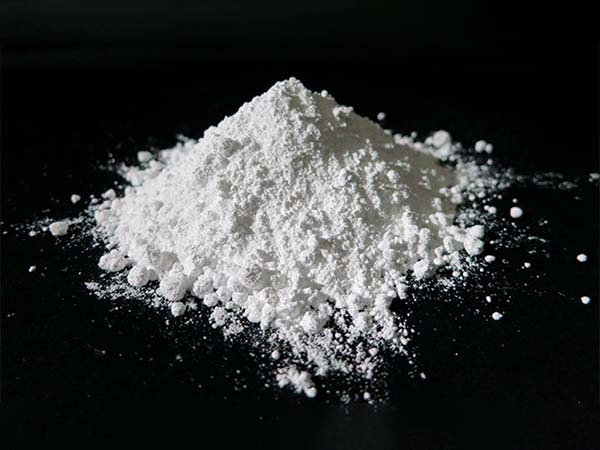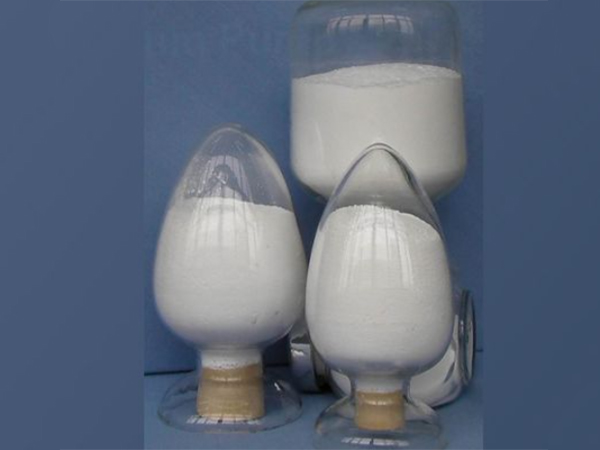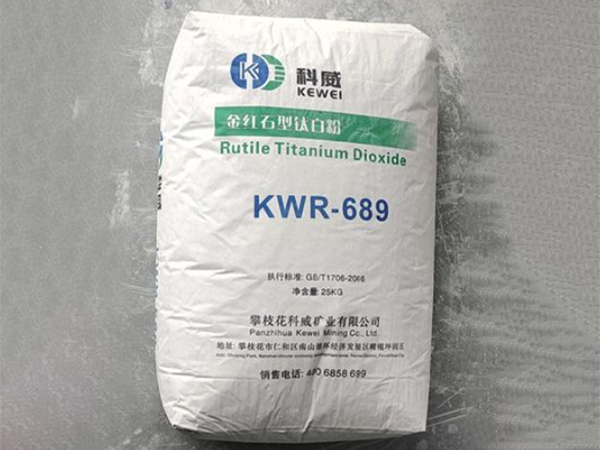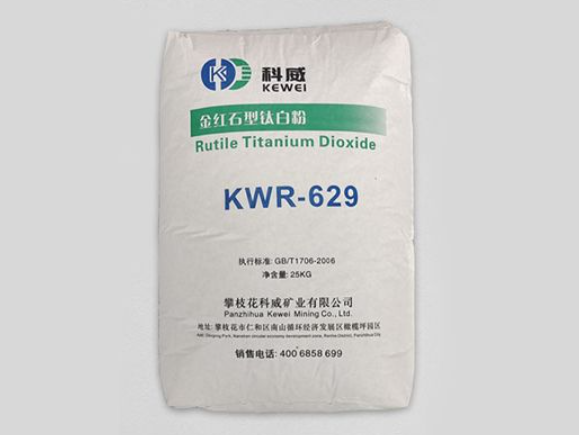Chlorination Process In Tio2 Manufacturing
Product Introduction
Our titanium dioxide is more than just an additive; it is the result of advanced manufacturing techniques, including an innovative chlorination process in TiO2 production. This approach ensures our products have superior performance characteristics, making them ideal for use as masterbatches in a variety of applications.
Kewei's titanium dioxide stands out for its low oil absorption and can be efficiently incorporated into plastic resins without compromising the integrity of the formulation. Our products have excellent compatibility with a variety of plastic materials, ensuring seamless integration and optimal performance. In addition, our titanium dioxide disperses quickly and thoroughly, guaranteeing the quality and uniformity of the final product, thereby enhancing its visual appeal and market competitiveness.
Basic Parameter
| Chemical name | Titanium Dioxide (TiO2) |
| CAS NO. | 13463-67-7 |
| EINECS NO. | 236-675-5 |
| ISO591-1:2000 | R2 |
| ASTM D476-84 | III, IV |
Technical lndicator
| TiO2, % |
98.0
|
|
Volatiles at 105℃, %
|
0.4
|
|
Inorganic coating
|
Alumina
|
|
Organic
|
has
|
|
matter* Bulk density (tapped)
|
1.1g/cm3
|
|
absorption Specific gravity
|
cm3 R1
|
|
Oil Absorption,g/100g
|
15
|
|
Color Index Number
|
Pigment 6
|
Company Advantage
As an industry leader, Kewei is committed to maintaining the highest standards of product quality and environmental protection. We have state-of-the-art production equipment and proprietary process technology to produce sulfated titanium dioxide that meets the stringent requirements of modern manufacturing. We understand the importance of sustainable development, and our processes are designed to minimize environmental impact while delivering exceptional results.
Product Advantage
The chloride process ttanium dioxide is well known for producing high purity titanium dioxide, which is essential to achieving the opacity and whiteness required for plastic products. The process utilizes titanium feedstock and chlorine gas to produce a product that has low oil absorption and good compatibility with plastic resins.
These properties make it an ideal choice for manufacturers looking to improve the quality of their plastic products. The rapid and complete dispersion of titanium dioxide in the polymer matrix ensures that the final product meets the high standards expected in today's competitive market.
Product Shortcoming
A significant disadvantage of the chloride process is that the production cost is higher than the sulfuric acid process, which is another common titanium dioxide production method. Although the industry is committed to sustainable development, the need for specialized equipment and the use of chlorine can also cause environmental concerns.
Why choose titanium dioxide as masterbatch
Titanium dioxide for masterbatch is a versatile, high-quality additive designed to achieve opacity and whiteness in plastic products. It is known for its low oil absorption, which enhances its compatibility with a wide range of plastic resins. In addition, it disperses quickly and thoroughly, ensuring uniformity in the final product.
FAQS
Q1. What applications can benefit from TiO2?
Titanium dioxide is widely used in plastics, coatings and inks to provide excellent whiteness and opacity.
Q2. How does the chloride process compare to the sulfate process?
The chlorination process generally produces a product of higher purity and better properties, making it more suitable for high-end applications.
Q3. Is your TiO2 environmentally friendly?
Yes, at Covey we prioritize sustainable practices in our production process to ensure minimal environmental impact.


